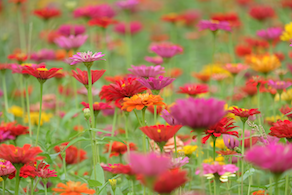Tea: The glory of Mount Tiantai
Mount Tiantai is one of the earliest tea growers in China's Jiangnan regions and the birthplace of the Chinese tea ceremony. It is also where "Buddha tea" communication between China and the Korean Peninsula and Japan started. The "Arhat Tea" was born in the temples of Tiantai.
The region's tea culture is recorded in The Classic of Mountains and Seas, which was written in the Warring States period (403-221 BC) of China.
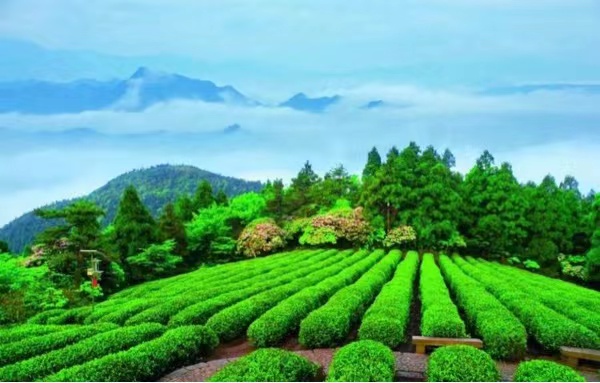
The tea trees in Mount Tiantai. [Photo provided to ezhejiang.gov.cn]
Tea is considered an all-purpose remedy in Chinese culture, and valued as an elixir that "can add wings to humans" by Taoists. In the old times, Mount Tiantai or Taizhou was often referred to as "Danqiu" (a mountain where deities dwell). The connection between "Danqiu" and tea and stories about winged immortals can be found in ancient literature.
The theory about tea and Zen in one was first proposed by Chen Zhirou, a judge based in Taizhou in the Southern Song Dynasty (1127-1279).
The tea and Zen two-in-one theory is closely related to the tradition of Arhat tea in Tiantai. The Arhat tea ceremony practiced by monks at the Fangguang Temple in the depths of Mount Tiantai was not only sensational in the Song royal court, but had far-reaching influences on the tea culture of Japan.
The fame of the Mist Tea, grown in Mt. Tiantai, reached the entire East Asia in the heyday of the Tang Dynasty. In the year 804, Monk Saicho (767-822), founder of Japan's Tiantai Buddhism sect, arrived at the Guoqing Temple to learn from the master monk there. The next year he returned to Japan with some tea leaves and seeds that eventually gave rise to Japan's oldest tea garden, which is seated in Shiga Prefecture in central Japan.
Monk Eisai, widely recognized as the founder of the Japanese Sado (Way of Tea), visited Tiantai twice in the Song times, and returned to Japan with tea trees and seeds. His book about tea, written in Chinese and regarded as the Japanese version of The Book of Tea, laid the foundation of modern Japanese Sado.
The fragrance of the Tiantai-born Arhat Tea can be tasted at many temples in Japan today, and the ceremony is still practiced in many ceremonial events.
The research of a Korean student who spent three years in the Tea Culture Department of Zhejiang University led to the conclusion about the origin of Jirisan tea trees in South Korea. In the Yuanfeng period of the Song, the founder of the Tiantai Buddhism sect in Korea visited Guoqing Temple in Tiantai, and brought back tea seeds to Korea where he also shared what he learned about the tea ceremony practiced in Tiantai.
In 2013, a tea culture seminar held at the Huading Temple in Tiantai drew representatives from China, Japan and South Korea and showed the world how a piece of leave brought three cultures together and healed the hearts of all.

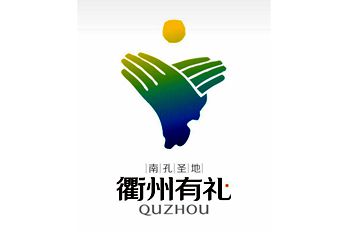 City brand logo - fist-and-palm salute
City brand logo - fist-and-palm salute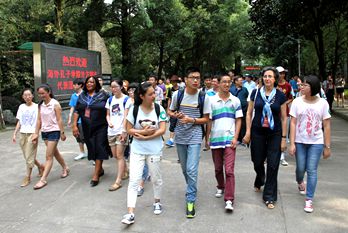 Confucianism on campus
Confucianism on campus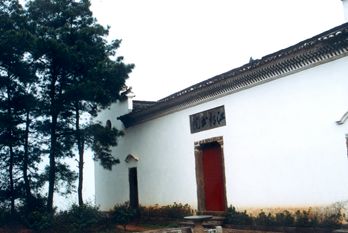 The culture of the academy
The culture of the academy